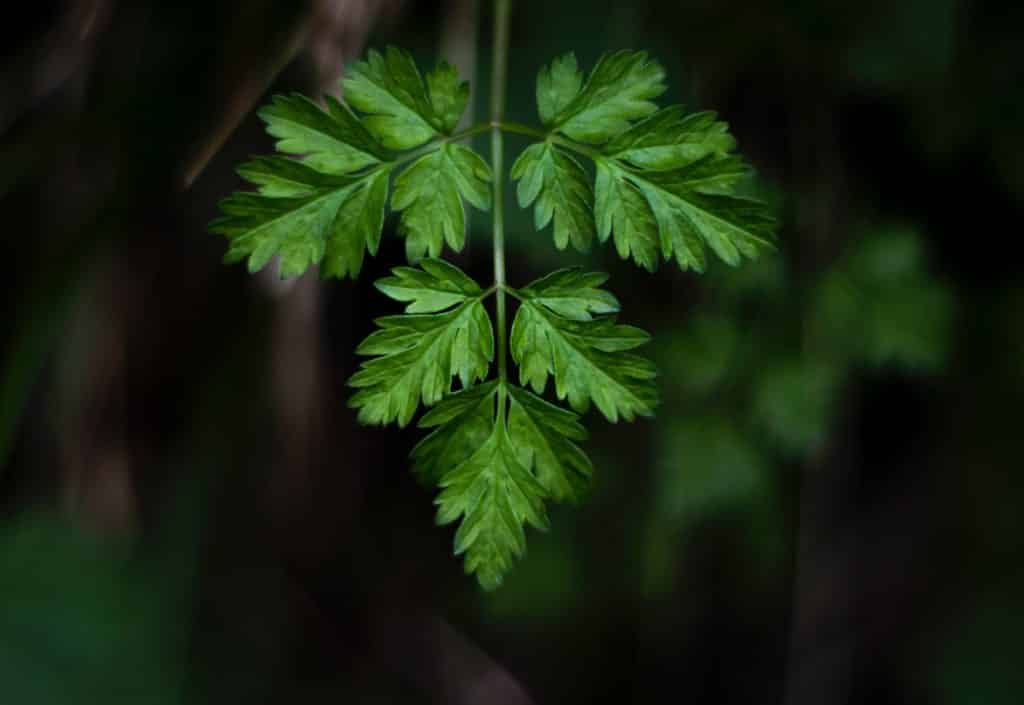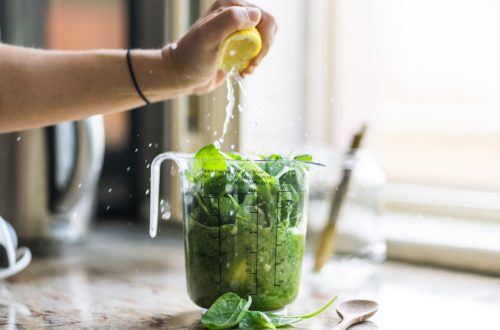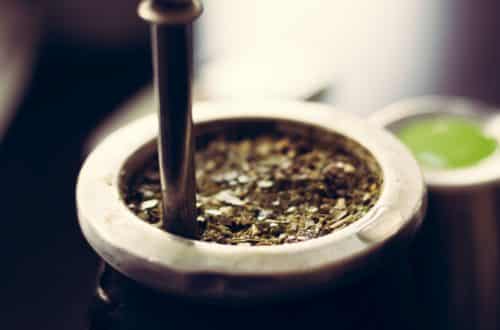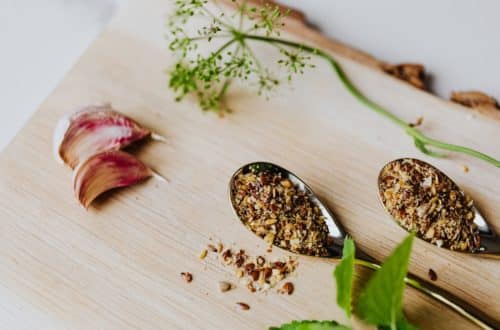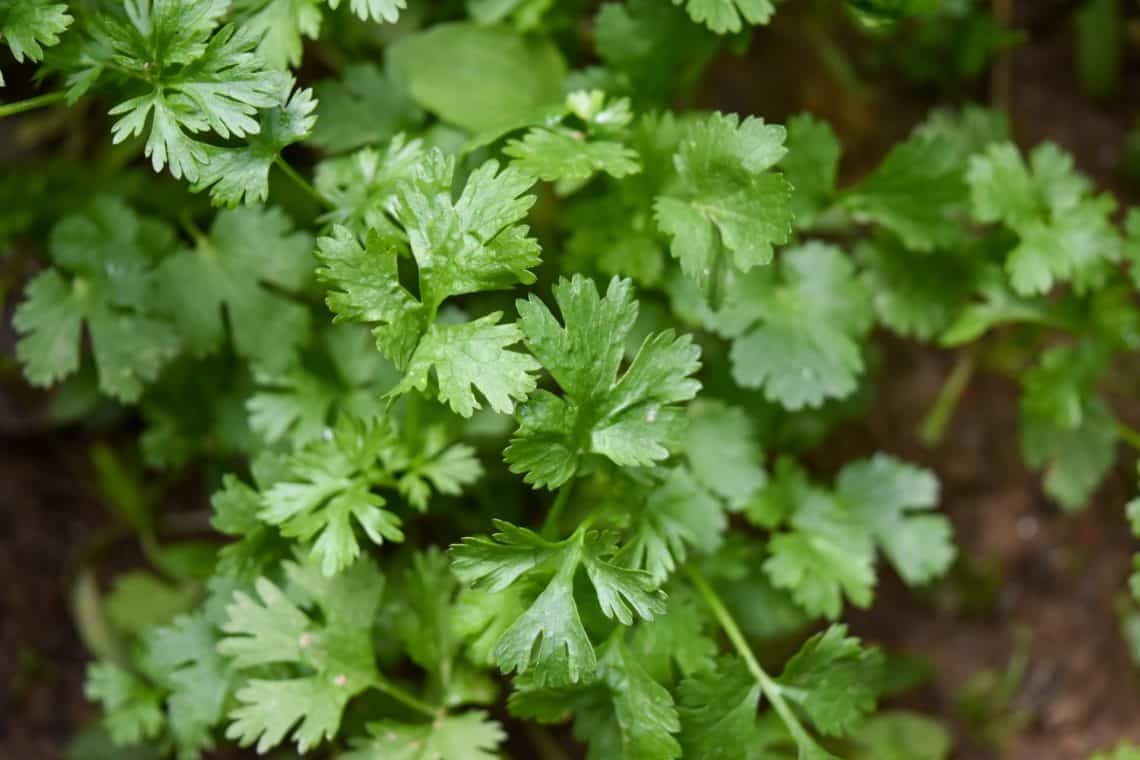
How to Grow Ashwagandha – Easy Guide, FAQs, & More
Quick Navigation
This post may contain affiliate links. Read the full disclosure here
Even though Ashwagandha is usually found in areas of India and the Middle East, they are fairly easy to grow in a backyard garden.
In order to grow it properly at home with all its medicinal benefits intact, there are some steps you need to follow.
Therefore, let us take a look at how you can grow Ashwagandha at home.
Quick Summary
By the end of this article, we will take a look at
- Requirements to grow Ashwagandha
- Steps to grow Ashwagandha
- How to take care of the plant?
- How to harvest the plant?
Let’s go through it.
Requirements to Grow Ashwagandha
Before you can start growing Ashwagandha in your garden, you need to make sure some factors are in place and all the requirements have been met.
Location of the Plant
The location in your garden where you will grow the plant needs to be rich and free from any debris or weed. You will need to choose a location where your garden is sunny and dry.
Type of Soil
Firstly, you might need to add manure to enrich the soil if it is poor. Apart from this, it will need to be sandy and porous to make sure the water in it can drain easily and quickly.
Soil that holds moisture and remains flooded, does not allow the plant to grow. If we look at the pH level, it needs to be somewhere from neutral to slightly alkaline.
Water
As Ashwagandha is a plant that can survive long periods without water and doesn’t like to be water-logged, you need to water it only when it seems reasonable and inexpensive.
Temperature for Growth
In order for it to grow the best, the ideal temperature for growth is somewhere between 70-95F. Any temperature below or above this range can slow down the growth.
How to Grow Ashwagandha?
Now that all the requirements are in place, we can grow Ashwagandha in our garden. For this, a proper procedure will need to be followed.
To cultivate the herb, you will need to plant the seeds 10 cm away from each other and 2 cm deep. During this time, the temperature will need to be around 70F.
The planted seeds will germinate in around 2 weeks. You will need to keep watering the seeds well while they are in the stage of development.
After a month has passed by the growth stage, you will need to weed out the plants that are weak. With this, the healthy plants will be left with about a distance of 60 cm between them.
Ashwagandha Plant Care
The process will not end once the plant has grown. It will require proper care and nourishment before it is ready to be harvested.
Let’s look at how we can care for the Ashwagandha plant we grew.
Note: If you want to gain information about the complete guide of Ashwagandha click HERE.
Type of Fertilizer
Ashwagandha is given an organic fertilizer as it is not usually fertilized due to its medicinal nature. You can apply compost at the root of the plant or aged manure.
Wait Out the Winter
When plants pass through the winter or wait it out, it is called overwintering. For this, you can cultivate the plant annually in spring or summer.
If you are growing Ashwagandha in a climate that is comparatively cooler or colder, you will need to keep it indoors during this time where you can keep the temperature at around 60F.
Note: If you want to know What Does Ashwagandha Do for Females click HERE.
Pest Attacks and Diseases
The Ashwagandha plant will be prone to pest attacks such as the spider mite. It will also be likely to suffer from diseases that include leaf and roots rot, as well as spots.
Ready to Harvest
If the Ashwagandha plant is well taken care of, berries and flowers will start to form on it and leaves will start to dry out after 150 to 180 days. This means that the plant is ready to harvest.
Grab a small tool so you can easily dig out the Ashwagandha roots. However, you need to be careful when digging so that you don’t damage the plant. A little moisture in the soil will help.
After you have harvested the plant, you will need to separate the berries and roots from the plant. They will need to be washed, cut, and then dried in the sun so they are ready to be used.
Note: If you want to learn more about Ashwagandha click HERE.
Frequently Asked Questions (FAQ)
In which month does ashwagandha grow?
After the seeds have been sowed, the plant is ready to be harvested after 150 to 180 days. The age of the crop is judged based on the appearance of the berries and the dryness of the leaves. Once it is ready, the plant is harvested for the roots and berries which are cut and dried for use.
Can we grow ashwagandha in hydroponics?
There has been a success in attempting to cultivate ashwagandha in hydroponics bioactive that are enriched. It has been noted that the leaves of the Ashwagandha plant have high bioactive content which can be influenced further by the light conditions.
Is ashwagandha endangered?
The current status of Ashwagandha is that it is an endangered medicinal plant but is not yet extinct.
Can you eat ashwagandha berries?
As Ashwagandha is a plant with flowers, most of the components of this plant are consumable. For medicinal purposes, the roots are the most valued part of the plant. However, the berries of Ashwagandha are also consumed by most.
Note: If you want to gain information about How to Use Ashwagandha for Thyroid click HERE.
What does an ashwagandha plant look like?
The Ashwagandha is a small shrub with tiny pale green flowers, leaves, and yellow or red berries on it. It has a carrot or ginger-shaped fleshy root as well as a distinct horse-like smell.
In which climate does ashwagandha grow?
The ideal climate for Ashwagandha is a sub-tropical climate. The suitable areas for the cultivation of this plant are areas that receive around 500 to 750 mm of rain and during growth, it needs a dry season.
Is ashwagandha good for hair?
The Ashwagandha herb has nutrients that are essential for hair growth. As it helps dilate the blood vessels and improve the blood flow, it helps deliver these nutrients to the hair follicles.
Wrapping It Up…
Even if Ashwagandha is primarily grown in some areas of India and the Middle East, it is quite possible to grow it in your garden if you fulfill its requirements.
When all the conditions are met, the plant will grow successfully. However, you will need to take care of this plant to make sure it is healthy before harvest.
If you manage to take good care of the Ashwagandha plant, it will grow flowers and berries on it, which will indicate that it is ready to be harvested.
If you want to know how you can care for your body and mind we have a complete guide click HERE.



